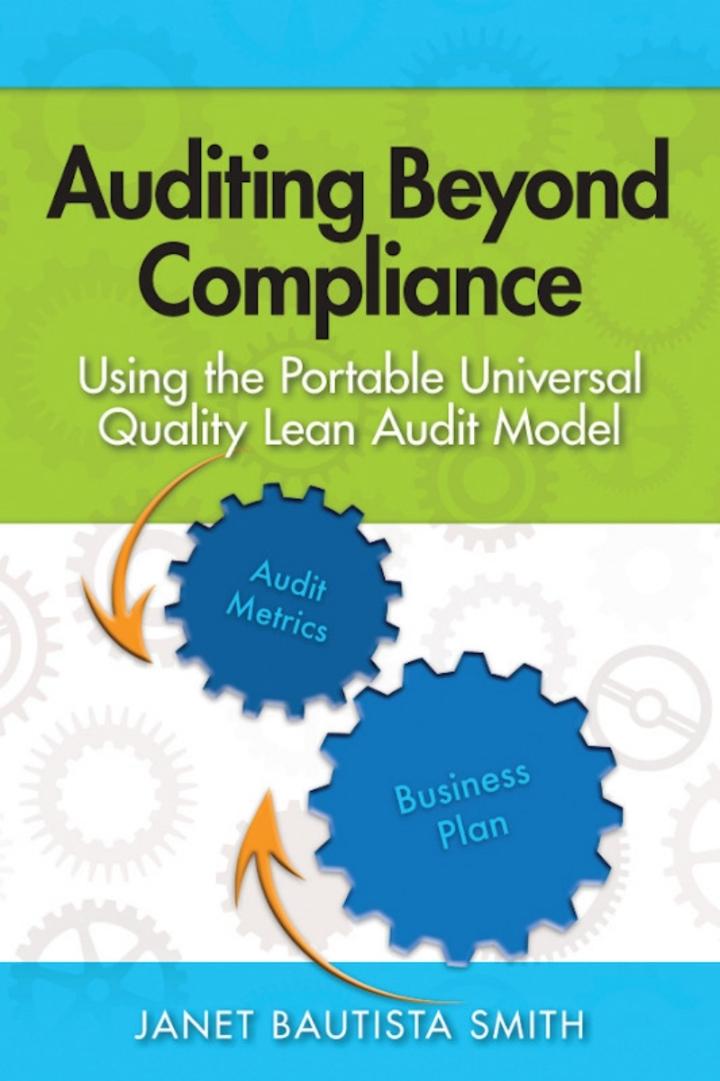




Headland Dairy leases its milking equipment from Sage Finance Company under the following lease terms. 1. The lease term is 10 years, noncancelable, and requires equal rental payments of $29,300 due at the beginning of each year starting January 1, 2020. 2. The equipment has a fair value at the commencement of the lease (January 1, 2020) of $220,857 and a cost of $239,000 on Sage Finance's books. It also has an estimated economic life of 15 years and an expected residual value of $13,100, though Headland Dairy has guaranteed a residual value of $18,400 to Sage Finance. 3. The lease contains no renewal options, and the equipment reverts to Sage Finance upon termination of the lease. The equipment is not of a specialized use. 4. Headland Dairy's incremental borrowing rate is 8% per year. The implicit rate is also 8%. 5. Headland Dairy depreciates similar equipment that it owns on a straight-line basis. 6. Collectibility of the payments is probable. Click here to view factor tables. Evaluate the criteria for classification of the lease, and describe the nature of the lease. In general, discuss how the lessee and lessor should account for the lease transaction. For the lessee, it is a , and for the lessor, it is a Prepare the journal entries for the lessee and lessor at January 1, 2020, and December 31, 2020 (the lessee's and lessor's year-end). Assume no reversing entries. (Credit account titles are automatically indented when amount is entered. Do not indent manually. If no entry is required, select "No Entry" for the account titles and enter for the amounts. Round present value factor calculations to 5 decimal places, e.g. 1.25125 and final answers to 0 decimal places, e.g. 5,250.) Date Debit Credit Account Titles and Explanation Lessee: (To record the lease.) (To record lease payment.) Lessor: (To record the lease.) (To record lease payment.) Lessee: (To record interest.) (To record amortization.) Lessor: What would have been the amount of the initial lease liability recorded by the lessee upon the commencement of the lease if: (Round answers to O decimal places, e.g. 5,250.) (1) The residual value of $18,400 had been guaranteed by a third party, not the lessee? $ (2) The residual value of $18,400 had not been guaranteed at all? A e Textbook and Media List of Accounts On the lessor's books, what would be the amount recorded as the lease receivable at the commencement of the lease, assuming: (Round answers to 0 decimal places, e.g.5,250.) (1) The residual value of $18,400 had been guaranteed by a third party? $ (2) The residual value of $18,400 had not been guaranteed at all? Headland Dairy leases its milking equipment from Sage Finance Company under the following lease terms. 1. The lease term is 10 years, noncancelable, and requires equal rental payments of $29,300 due at the beginning of each year starting January 1, 2020. 2. The equipment has a fair value at the commencement of the lease (January 1, 2020) of $220,857 and a cost of $239,000 on Sage Finance's books. It also has an estimated economic life of 15 years and an expected residual value of $13,100, though Headland Dairy has guaranteed a residual value of $18,400 to Sage Finance. 3. The lease contains no renewal options, and the equipment reverts to Sage Finance upon termination of the lease. The equipment is not of a specialized use. 4. Headland Dairy's incremental borrowing rate is 8% per year. The implicit rate is also 8%. 5. Headland Dairy depreciates similar equipment that it owns on a straight-line basis. 6. Collectibility of the payments is probable. Click here to view factor tables. Evaluate the criteria for classification of the lease, and describe the nature of the lease. In general, discuss how the lessee and lessor should account for the lease transaction. For the lessee, it is a , and for the lessor, it is a Prepare the journal entries for the lessee and lessor at January 1, 2020, and December 31, 2020 (the lessee's and lessor's year-end). Assume no reversing entries. (Credit account titles are automatically indented when amount is entered. Do not indent manually. If no entry is required, select "No Entry" for the account titles and enter for the amounts. Round present value factor calculations to 5 decimal places, e.g. 1.25125 and final answers to 0 decimal places, e.g. 5,250.) Date Debit Credit Account Titles and Explanation Lessee: (To record the lease.) (To record lease payment.) Lessor: (To record the lease.) (To record lease payment.) Lessee: (To record interest.) (To record amortization.) Lessor: What would have been the amount of the initial lease liability recorded by the lessee upon the commencement of the lease if: (Round answers to O decimal places, e.g. 5,250.) (1) The residual value of $18,400 had been guaranteed by a third party, not the lessee? $ (2) The residual value of $18,400 had not been guaranteed at all? A e Textbook and Media List of Accounts On the lessor's books, what would be the amount recorded as the lease receivable at the commencement of the lease, assuming: (Round answers to 0 decimal places, e.g.5,250.) (1) The residual value of $18,400 had been guaranteed by a third party? $ (2) The residual value of $18,400 had not been guaranteed at all











